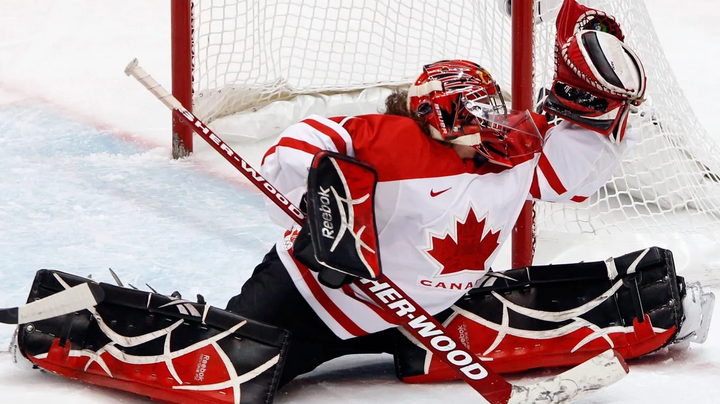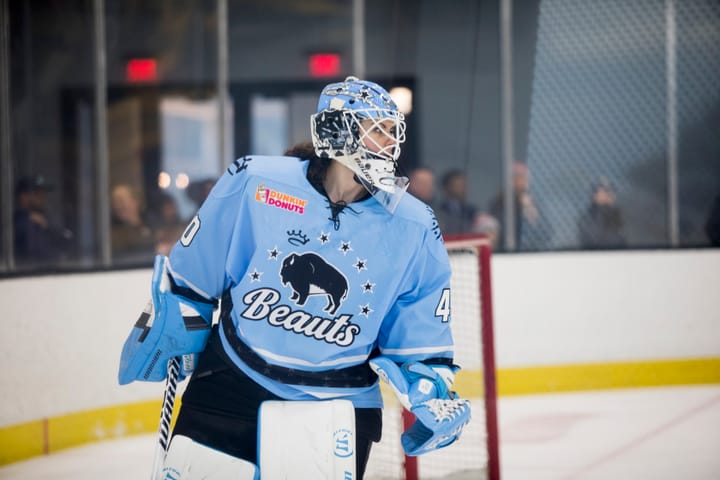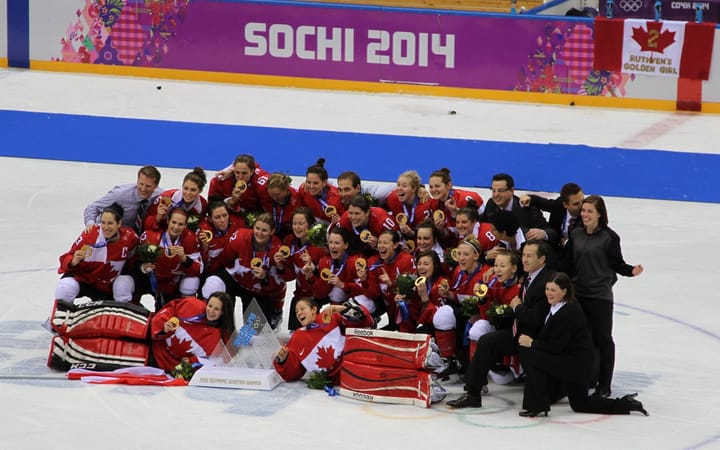CWHL 2017-18 Season Recap: Toronto Furies
Depleted by centralization, the Furies were unable to make it to the playoffs with their inconsistent offense.
Today at the Ice Garden we are going to reflect on the Toronto Furies’ 2017-18 season.
Season Synopsis
Record: 9-17-1-1
Playoffs: Did not qualify.
To the surprise of no one, Toronto missed captain and superstar Natalie Spooner in a big, bad way this season. The Furies began the year with a record of 3-2-0-0, but things took a dramatic turn for the worse after those first five games.
The Furies had a brutal stretch in the middle of the season where they won just a single game during a 15-game span. In the midst of that window — in early December — Les Canadiennes de Montreal scored 22 goals against Toronto in three games. Those three games provided us with a look at what Toronto looked like when it was at its worst: a team with inconsistent offense and some big question marks in the defensive zone.
Thankfully things improved for head coach Jeff Flanagan’s team later in the season. Toronto won five of their last eight games — including a 3-2 victory over Montreal — but it was too little, too late. The women in blue and white finished the regular season second-to-last in the CWHL regular season standings with a record of 9-17-1-1.
What Went Wrong
This year the Furies were without five of their top seven scoring skaters from the 2016-17 season: Spooner, Renata Fast, Jenelle Kohanchuck, Michela Cava, and Kelly Terry.
As a result of all of that lost firepower, Toronto averaged a modest 2.03 goals-for per game. It’s not easy to win when you’re averaging two goals a game and it’s almost impossible to win when you average 3.43 goals-against per game. The Furies’ thin roster spent too much chasing the puck in their own zone. When they did go on the attack, Toronto’s dearth of players who could create high-quality scoring chances limited the team’s offense.
Perhaps the best way to sum up what went wrong this year for Toronto is to take a closer look at how many close games they played and lost. Half of the Furies games this year were decided by two or fewer goals — and Toronto scored two or fewer goals in nine of those 14 games.
If both Sonja van der Bliek and Amanda Makela are still in the picture next year, it will be interesting to see if Toronto moves forward with a platoon in net. Both goalies posted save percentages below .900 this year, but it’s hard to know just how much of that was influenced by Toronto’s woebegone penalty kill.
Special Teams: The Toronto Furies had the second-worst power play (13.3 percent) and the second-worst penalty kill (77.8 percent).
Game of the Year
On Saturday, January 28 Toronto scored four straight goals on the Calgary Inferno — quite an accomplishment for a team that was shutout six times this year. Thanks to an empty netter, Toronto finished that game with five total goals, which was a 2017-18 single game high for the franchise.
The Furies’ inconsistent power play showed its potential in that big victory. Emily Fulton cashed in on an early power play in the first period and later, 25 seconds into the second period, the power play delivered again. Toronto added two more goals in the second period, including a third goal on the power play. Inferno goaltender Delayne Brian got the hook after the Furies’ third goal of the game.
Yes, you read that right, a team that finished the season with a 13.3 percent power play put up three power play goals in a single game. You just gotta love hockey.
Team MVPs - Carolyne Prevost and Emily Fulton
Have you been waiting for the silver lining in this recap? If so, your wait is over.
Veteran forward Carolyne Prevost enjoyed something of a renaissance in her sixth CWHL season. Prevost finished the year as Toronto’s highest-scoring skater with 22 points in 28 games. Those numbers really jump off the page when you consider the fact that she scored just seven points in 24 games last season.
Prevost was second on the team in goals, first on the team in assists, and was the only Furies skater to register a shorthanded goal while the opposing team had a goaltender in their net. She was the engine behind Toronto’s offense all year long.
But Prevost did a lot more for the Furies than create scoring chances this year. She killed penalties, played disciplined hockey, and was among Toronto’s most consistent skaters. Prevost was also the only player on her team to finish in the green in plus/minus this year (+3). She really did a little bit of everything and did it all exceptionally well.
Emily Fulton also deserves recognition for her team-leading 12 goals as well as her three game-winning-goals this year. It’s hard to imagine what Toronto’s offense would have looked like without her production both at even strength and on the power play.
Standout Rookie - Brittany Zuback
Brittany Zuback was without a doubt the Furies’ most influential rookie this season. Zuback scored five goals and picked up eight assists in 24 games for Toronto — the rest of the Furies’ rookies had 15 points combined.
Zuback had a slow start to the season, but managed to finish strong with four goals and five assists in her final eight games. The 24-year-old’s slow start was likely tied to the time that she had spent away from the rink. Zuback finished her standout NCAA career at the University of Vermont back in 2014-15.
If the last quarter of Zuback’s rookie season is indicative of what she is capable of, we can safely say that the Furies found a real gem in the second round of the 2017 CWHL Draft.
All in all, it was a frustrating season for the Furies. In many ways it felt like Toronto was just a few players away from being a team that could have competed for a playoff spot, but that was to be expected because of the void left by centralization. The good news for Furies fans is that there’s tremendous potential for a rebound season in 2018-19.
Data courtesy thecwhl.com, Crease Giants





Comments ()